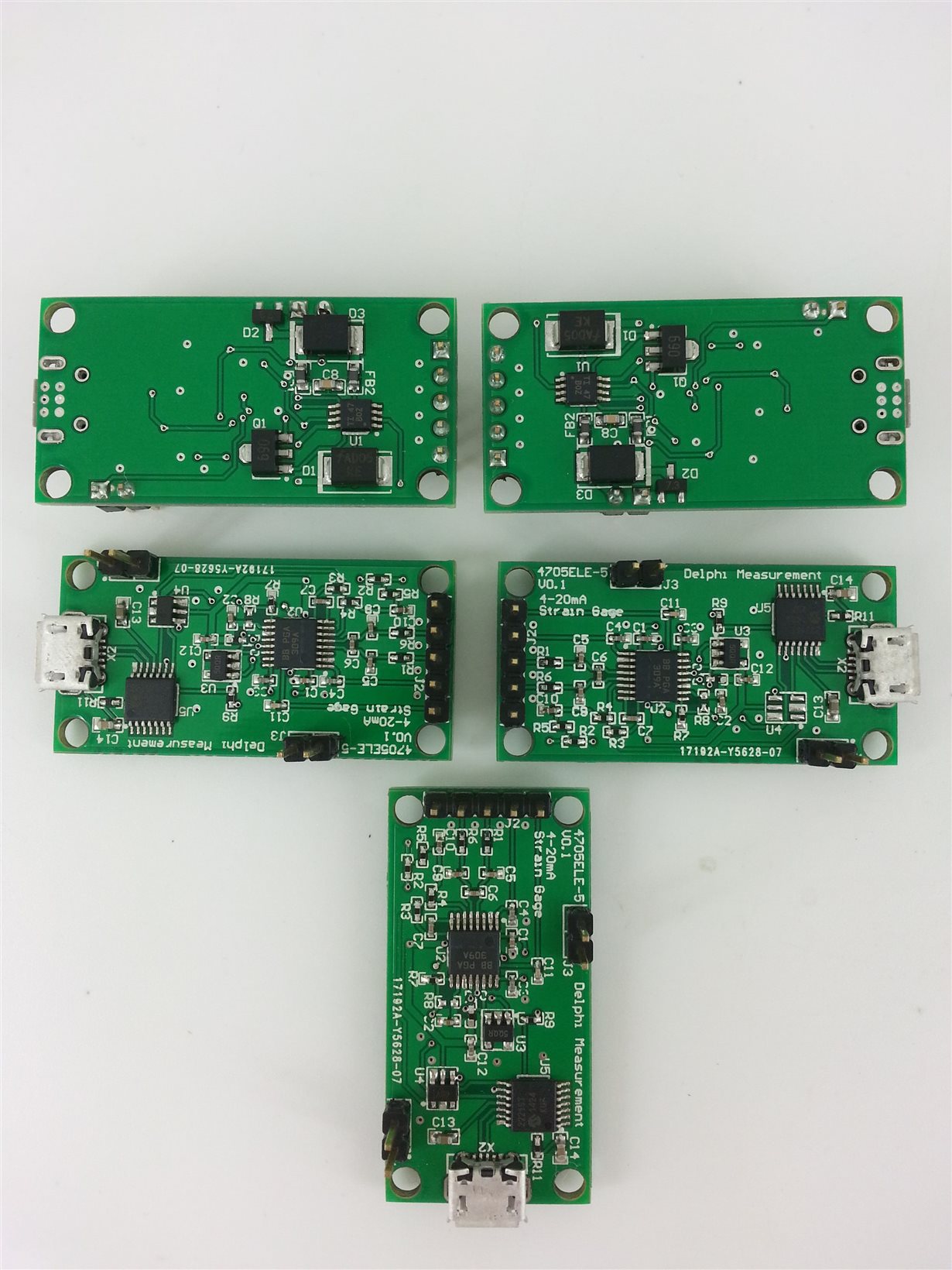G'day
I am using the PGA309 design with 1k load cells without any problems.
My new design is to use 350 ohm load cells with Vref = 2.5 & Vexc = 2.075. This creates more than 5.9mA consumption on the bridge alone.
Based on the reference design (SLAU526), which is the best way to reduce this current for a 4-20mA output?
Thanks
Cheers
Dirk



